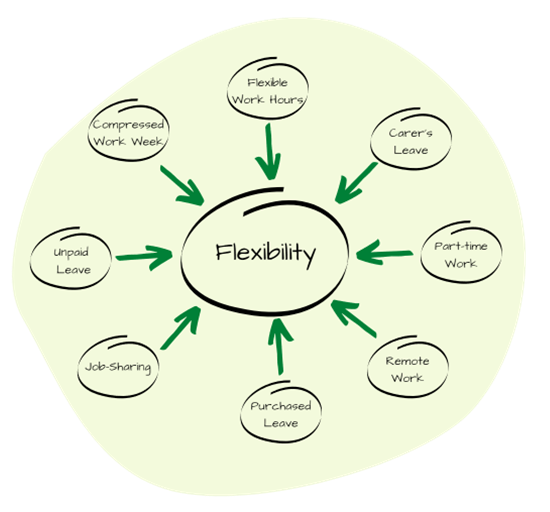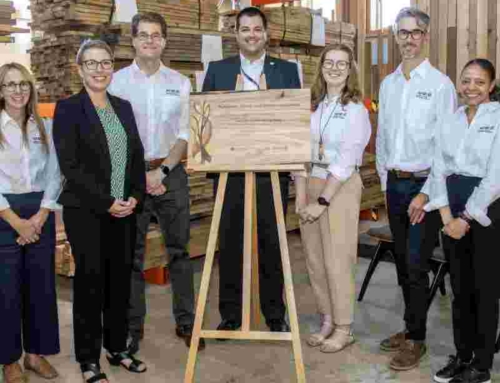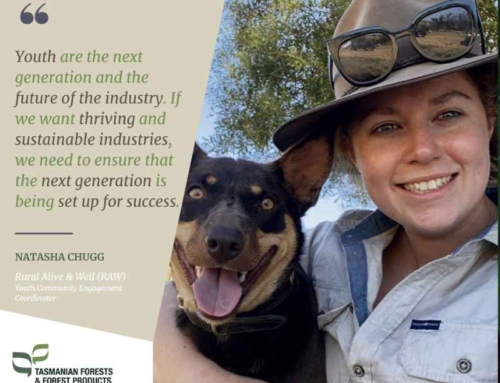Workplace flexibility: Attracting and retaining employees
How can our workforce of the future meet the needs of our sector and also be attractive to our future employees? Covid has disrupted how we work, where we work and when we work – what does this mean for the future? Is looking at how flexible working conditions can be included within the forest industry an opportunity?1
Flexible working conditions are not just about working from home. They encompass a broad range of options that may suit organisations and roles where working from home is not an option.

The Workplace Gender Equality Agency published a paper discussing Flexible Work Post Covid[i] which looks at what is happening nationally and internationally and provides some great insights and information. This report is based on data collected in 2021 from private sector organisations with over 100 employees and represents more than 4 million employees.
It notes that flexible working conditions across these organisations vary from formal policies to informal arrangements and include a broad range of options including the ones in the diagram below:
The WGEA report highlights that flexible working conditions leads to increased gender equality due to women traditionally being responsible for much of the unpaid and domestic work. This results in women less likely to be employed full-time and are more likely to either change their job or leave the workforce altogether amongst other things. Research has indicated that male dominated industries are more likely to employ full-time workers, and this is evident in the Tasmanian forest industry that has only 11% of the workforce working less than 25 hours per week compared with the broader Tasmanian workforce which has 29% working less than 25 hours per week[ii].
The report details some actions that employers could consider to balance employee flexibility and business needs such as improving retention whilst limiting negative consequences. These actions are as varied from significant changes such as making all roles flex to improving communication, role modelling flexibility and building a trust-based work culture. Of course there are actions that will not be suited to particular businesses but there may be some small adjustments that could be made to improve flexibility for employees.
What opportunities are they within our industry or within your business to increase flexibility? Could investigating flexible working conditions such as part-time work or job-sharing be opportunity to increase diversity within the workforce and to provide greater access to the available talent pool for new employees?
More information in the article at Flexible work post-COVID | WGEA.
[i] Flexible work post-COVID | WGEA
[ii] Socio_economic_impacts_of_the_forest_industry_TAS.pdf (treealliance.com.au)
















